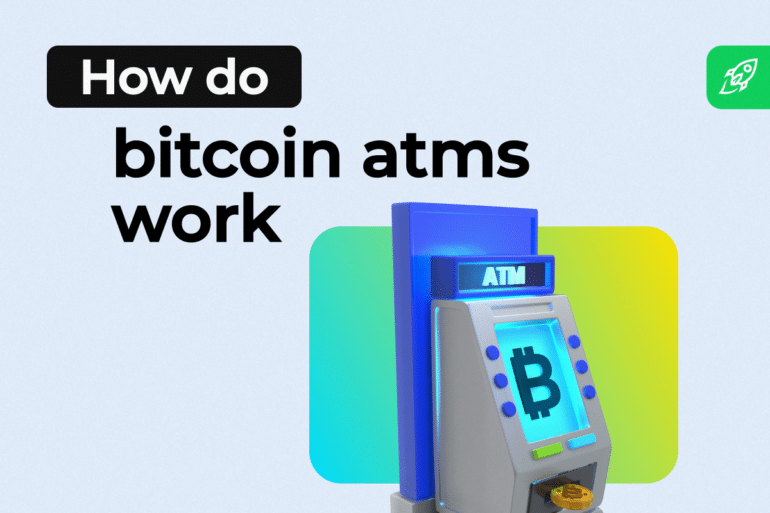Bitcoin (BTC) Price
$86,537.64 3.61%
Latest Updates
Updated at 06:57Market cap
$1,727,530,663,230.8
Market rank
#1
Volume 24H
$45,173,188,705.91 7.84%
Price change 24h
-$3,124.29 3.61%
Price change 7d
-$3,485.09 4.03%
Buy Bitcoin Without Any Hassle
All you need is a bank account or debit/credit card.

Show more
Hide
Trending
24h top price changes1
+$0.00852 144.45%
+$0.00371 77.22%
+$0.00303 23.97%
+$0.1065 23.58%
+$0.00302 23.42%
+$0.0613 22.34%
+$0.00979 21.35%
+$0.01445 17.40%
9
+$0.00072 16.39%
10
+$0.00253 16.13%
FAQ
What determines the price of Bitcoin?
The price of Bitcoin is determined by a range of factors, including supply and demand, market news and events, investor sentiment, and competition from other cryptocurrencies.
Investors can follow the performance of BTC on various platforms, including online exchanges and price-tracking websites like Changelly. By monitoring market news and keeping up to date on the cryptocurrency's performance, investors may gain insights into its prospects and make informed investment decisions.
However, it's worth keeping in mind that cryptocurrency prices are highly volatile and can fluctuate rapidly, so you should exercise caution and conduct your research before investing.
What was the starting price of Bitcoin?
The starting price of an asset refers to the price at which it debuted on the market.
The change in price is due to various factors, including mainstream acceptance of the cryptocurrency, the size of the initial offering, and the level of demand from investors.
You can find historical price data for BTC on Changelly's real-time charts. They offer valuable insights into the cryptocurrency's past performance and can help you make informed investment decisions.
When investing in cryptocurrencies, keep in mind that prices can change quickly due to market conditions and other factors.
What was the highest price of Bitcoin?
The highest price of Bitcoin refers to the highest value that it has ever achieved on the market. This can be influenced by a range of factors, including market demand, investor sentiment, and the overall health of the cryptocurrency ecosystem.
You can track real-time prices of BTC with just a few clicks on Changelly. Our platform provides you with access to historical price data so you can easily analyze the performance of the cryptocurrency over time. Interactive charts make it super easy to understand and help you stay on top of market trends, identify key price points, and keep up with the latest industry developments all in one place.
It is important to note that the highest price ever reached by a cryptocurrency in the past does not always mean it is going to do well in the future. So, before investing, you should exercise caution and do your research.
What was the lowest price of Bitcoin?
Cryptocurrencies are known for their volatile nature, and their prices can fluctuate rapidly in a short period. As a result, traders are always keen to know the lowest price of a cryptocurrency to assess its potential risks and returns.
With Changelly's live charts, you can easily view historical price data for a wide range of cryptocurrencies, including Bitcoin. Our charts provide a wealth of information on the performance of an asset, including its lowest price point.
It is crucial to remember that the crypto's previous lows do not mean it is doomed to fail. Before making any investments, take your time to research and proceed with caution.
Why Do People Use Bitcoin?
People use Bitcoin for several reasons. First, it serves as a store of value, much like gold or silver, offering a decentralized and limited supply that protects against inflation.
Bitcoin operates on a peer-to-peer network, eliminating the need for intermediaries and facilitating direct transactions.
Its security measures, such as cryptographic techniques and blockchain technology, provide a robust framework against fraud and hacking attempts.
Bitcoin's divisibility allows for small and large transactions, catering to a wide range of needs. The smallest unit of Bitcoin, 0.00000001 BTC, is called Satoshi (or Sat in short), in a nod to the pseudonym Satoshi Nakamoto.
Lastly, many consider Bitcoin an investment opportunity, with the potential for significant returns over time as its adoption and acceptance continue to increase.
How is Bitcoin Network Upgraded?
The Bitcoin network is upgraded through a process called a "soft fork" or a "hard fork."
- Soft Fork. In a soft fork, the network's rules are changed in a backward-compatible manner. This means that older versions of the software can still function and communicate with the updated nodes. Soft forks introduce new features or make improvements without requiring all participants to upgrade their software. An example of a soft fork is the implementation of Segregated Witness (SegWit) in 2017, which increased the block size limit and improved transaction malleability.
- Hard Fork. In a hard fork, the network's rules are changed in a way that is not compatible with previous versions. This requires all nodes to upgrade their software to recognize and follow the new rules. Hard forks can be contentious and may lead to a split in the existing blockchain, resulting in the creation of a new cryptocurrency. Examples of hard forks include Bitcoin Cash, which split from Bitcoin in 2017, and Bitcoin SV, which split from Bitcoin Cash in 2018.
In both soft and hard forks, the developers, miners, or the community typically propose and implement the upgrades through a consensus mechanism. Nodes on the network must agree to the changes through a majority consensus before the upgrades can be activated.
What is the Bitcoin Lightning Network?
The Bitcoin Lightning Network is a second-layer protocol built on top of the Bitcoin blockchain. It aims to solve Bitcoin's scalability issues by enabling faster and cheaper transactions. It achieves this by creating a network of payment channels, which allow participants to conduct off-chain transactions. These transactions are settled on the Bitcoin blockchain only when necessary, reducing congestion and transaction fees. The Lightning Network enables near-instantaneous transactions and enhances Bitcoin's capacity for micro transactions and everyday use cases.
Who Are the Largest Holders of Bitcoin?
The largest holders of Bitcoin include various individuals, institutions, and cryptocurrency exchanges. Some notable examples are investment firms like Grayscale Investments and MicroStrategy, cryptocurrency exchanges like Coinbase and Binance, and individuals such as the Winklevoss twins and Satoshi Nakamoto (the pseudonymous creator of Bitcoin).
What is Bitcoin Halving?
Bitcoin halving is an event that occurs approximately every four years, reducing the block reward given to Bitcoin miners in half. It is programmed into the Bitcoin protocol as a way to control the circulating supply of new Bitcoin entering the market. This event is significant because it creates scarcity and deflationary pressure on the cryptocurrency, potentially leading to an increase in its value. Halvings serve as a mechanism to ensure the long-term sustainability and economic stability of the decentralized cryptocurrency.
Related articles about Bitcoin
Subscribe to our newsletter to get the latest crypto insights and price updates.


